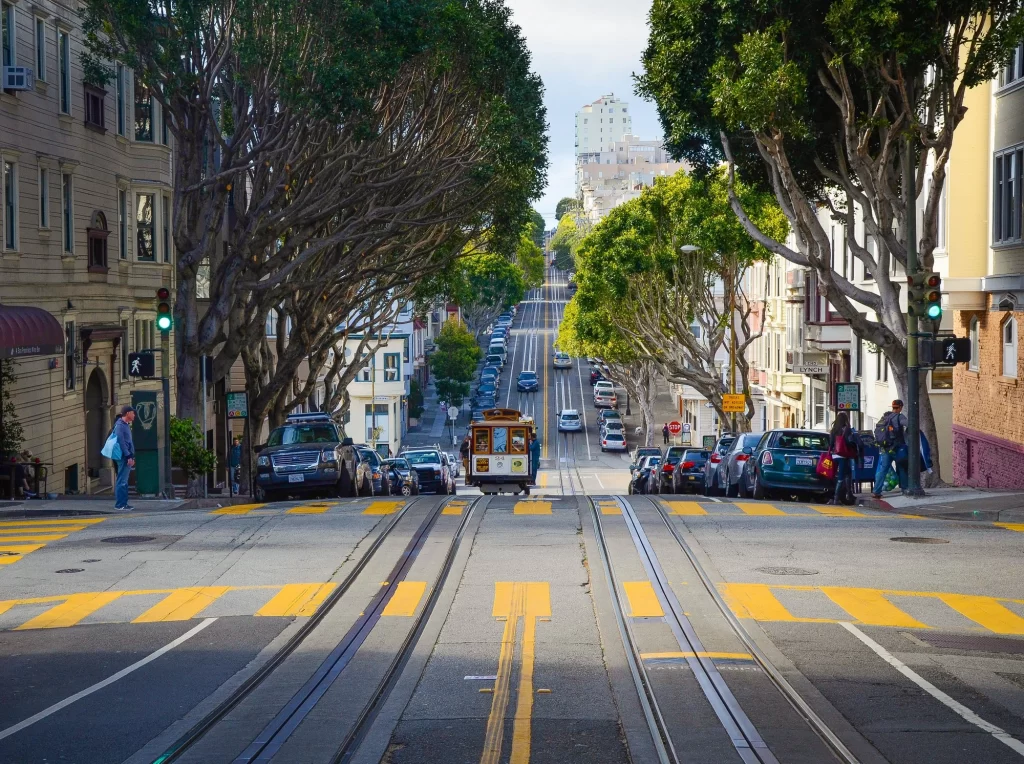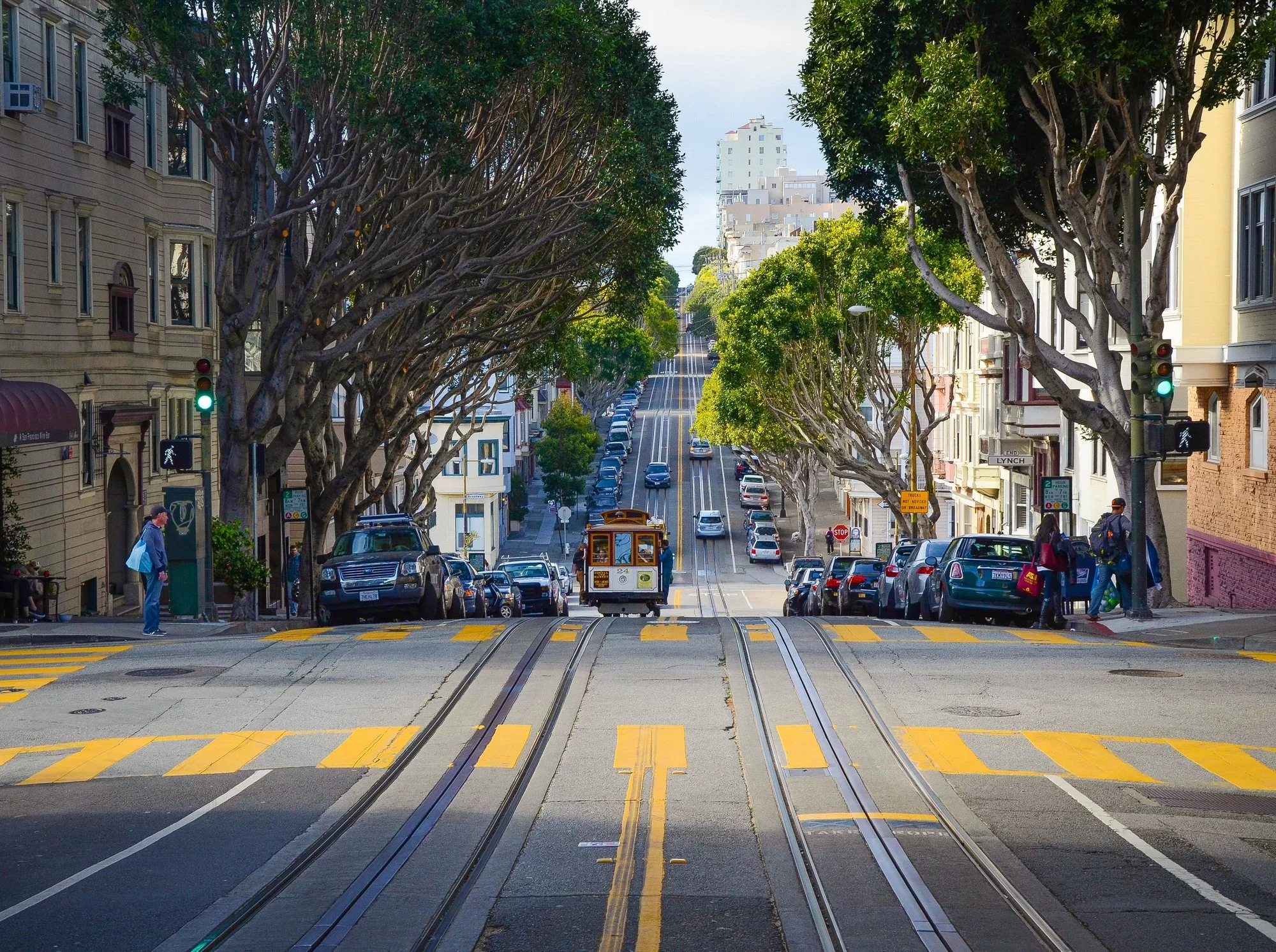The rise of smart cities is a rapidly growing trend in urban development, driven by advancements in technology and a growing need to address the challenges faced by cities around the world. Smart cities are characterized by the use of technology and data to improve the quality of life for citizens, increase efficiency and sustainability, and create more livable, resilient, and connected communities.
One of the key drivers of the smart city movement is the proliferation of sensors and other connected devices. These devices, often referred to as the Internet of Things (IoT), allow cities to collect and analyze data from a wide variety of sources, including traffic, energy consumption, air quality, and weather patterns. This data can then be used to optimize city systems and services, such as traffic flow, energy consumption, and waste management.

Another key aspect of smart cities is the use of advanced technologies to improve mobility. This includes the use of smart traffic lights, which can adapt to changing traffic patterns in real-time, as well as the deployment of electric vehicles and bike-sharing schemes. Additionally, many cities are investing in autonomous vehicles and smart transportation systems, such as real-time bus tracking and digital ticketing, to improve the overall efficiency and convenience of public transportation.
Smart cities also focus on sustainability, by creating more efficient and resilient infrastructure systems that can adapt to changing environmental conditions. This can include the use of renewable energy sources, such as solar and wind power, as well as the implementation of green building codes and the promotion of sustainable transportation options. Smart cities also use technology to improve the resilience of critical infrastructure systems, such as water and energy supply, to ensure continuity of essential services in the event of a natural disaster or other emergency.

In addition to improving the functioning of city systems, smart cities also aim to improve the overall quality of life for citizens. This can include providing access to high-speed internet and other digital services, as well as creating more livable and inclusive public spaces, such as parks and community gardens. Cities are also using technology to create more engaging and interactive public spaces, such as digital kiosks and interactive public art installations.
One of the challenges faced by smart cities is the integration of all these different technologies and systems. In order to be truly effective, a smart city must have a comprehensive and integrated approach to data collection and analysis, as well as a clear plan for how the data will be used to improve city services and the lives of citizens. Additionally, smart cities must also consider issues of privacy and security, as well as the need for robust and reliable infrastructure to support the collection and analysis of large amounts of data.

Another challenge faced by smart cities is the need for a strong public-private partnership to support the development and implementation of smart city initiatives. This includes the need for collaboration between government, private industry, and citizens to ensure that the benefits of smart city technology are shared by all members of the community.
Despite these challenges, the smart city movement is continuing to gain momentum around the world. Cities from New York to Singapore are investing in smart city initiatives, and many other cities are following suit. The smart city movement has the potential to transform the way we live, work, and play in our cities, by using technology and data to create more livable, sustainable, and connected communities. As technology continues to evolve, the possibilities for smart cities are endless, and we can expect to see many more exciting developments in the years to come.










